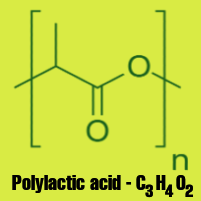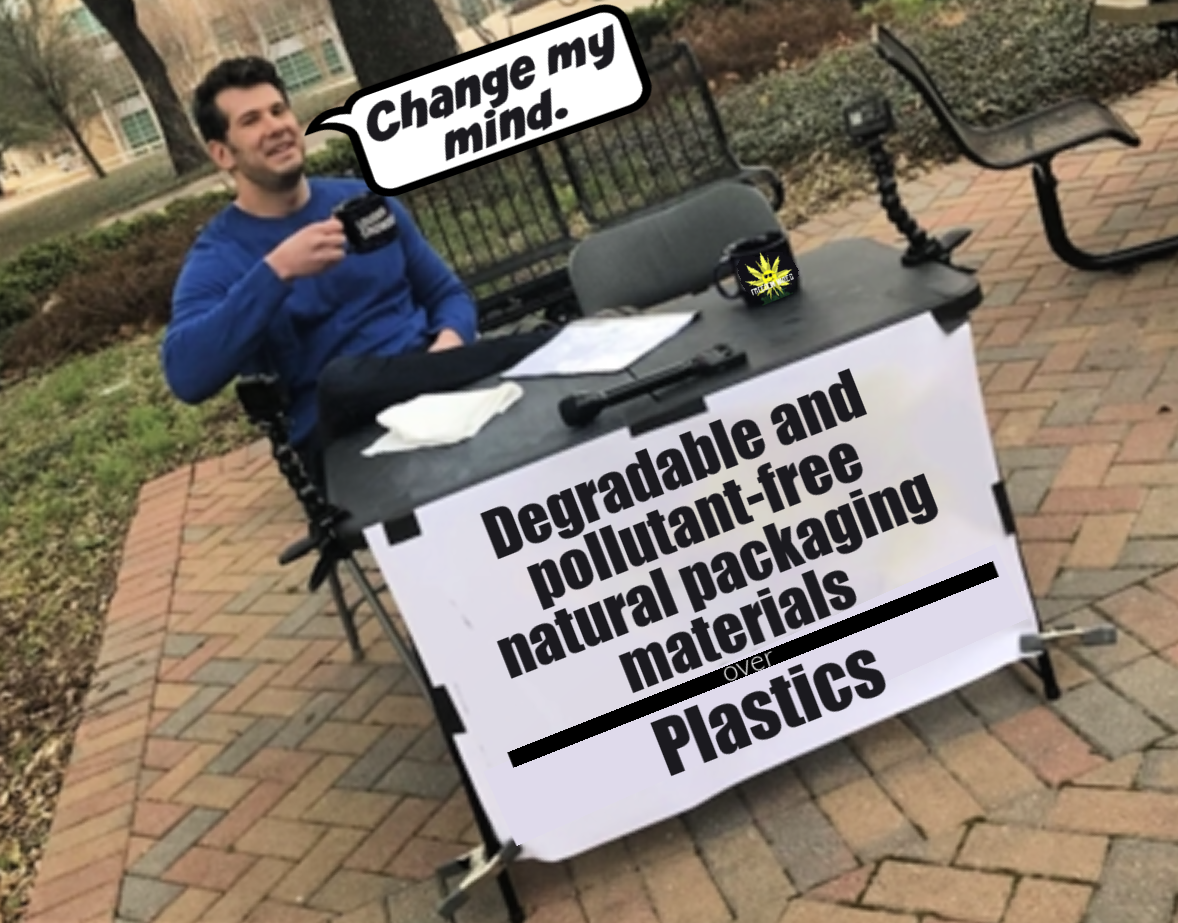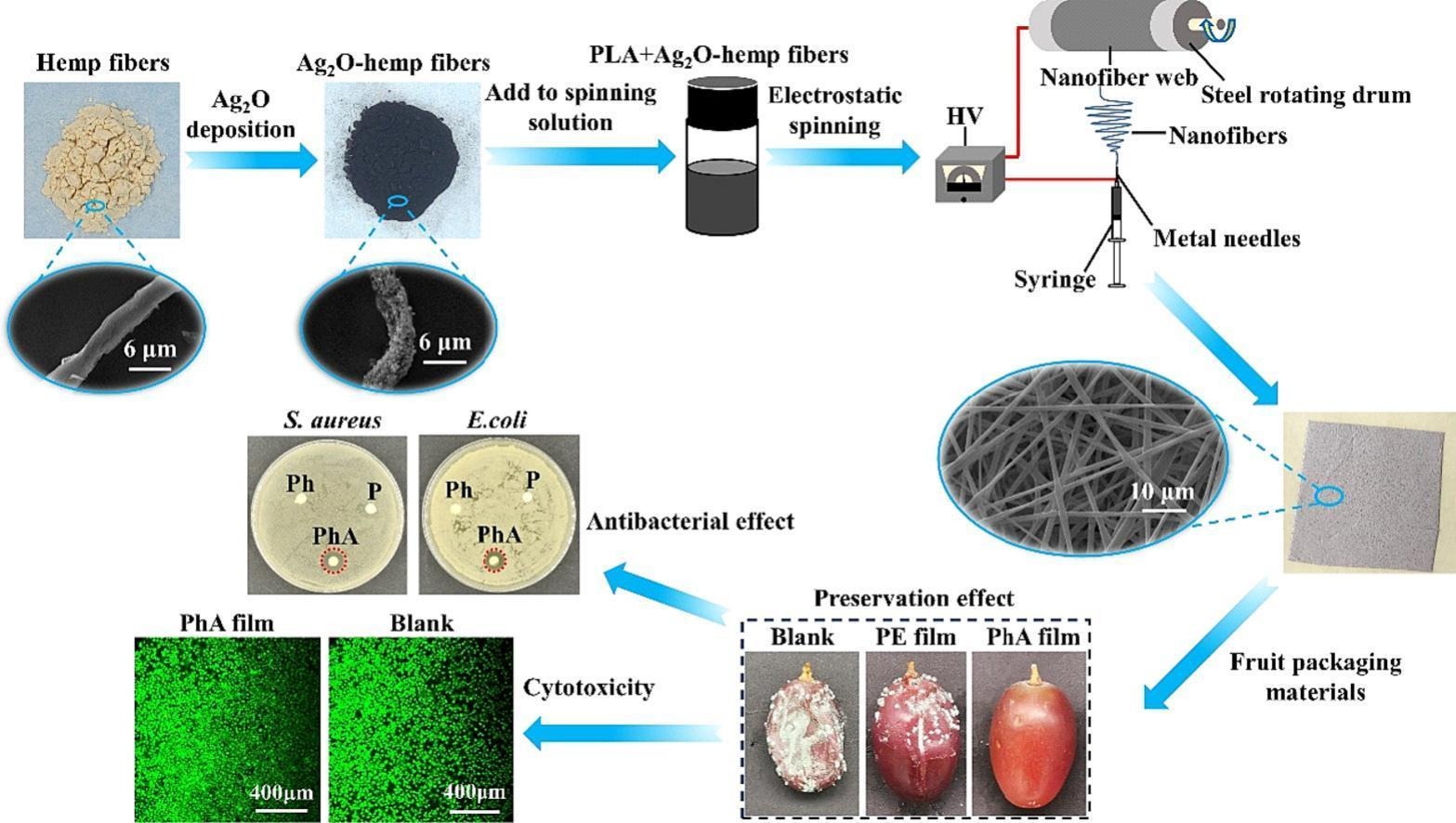Currently, there are many physical and chemical methods to preserve the freshness of fruits. Physical methods include refrigeration, gas filling, and radiation. Chemical methods include chemical coating or added preservative treatments to achieve freshness. Thus, safe and green storage and preservation methods are the development direction of the fruit industry in the future.
Currently, fruit packaging materials are still dominated by petroleum-based compounds. In 2019, global plastic production reached 380 million tons, of which packaging materials accounted for 39.7 %. However, plastics are difficult to degrade and recycle, and it causes serious environmental pollution, which does not meet the current global trend
Recent research in China may be the remedy for safer, green storage and methods that are seriously needed in this day & age. This could help bring an end to not only fruit spoilage, damage and waste but bacterial and fungal contaminations too, which are major challenges in fruit packaging today. This in turn will also reduce many potential risks to human health known today in fruit packaging.
 Researchers developed
Researchers developed polylactic acid (PLA) nanofibers combined with Ag2O-hemp fibers and discovered a good antimicrobial effect.
polylactic acid (PLA) nanofibers combined with Ag2O-hemp fibers and discovered a good antimicrobial effect.
Polylactic acid (PLA) is a biodegradable and biorenewable polymer. It is considered one of the most promising alternatives to plastics. It has been recognized as being generally safe by the US FDA, has excellent biocompatibility and is already the most widely used biopolymer in the fruit packaging industry.
Silver oxide is one of the most stable forms of silver compounds and also has strong antimicrobial properties. Ag2O can be used as a biocompatible antimicrobial material. Hemp fibers (hemp) is one of the fastest growing plants in nature, has a highly yield and is an excellent carbon capture agent.

In their research, biodegradable Ag2O-hemp fibers modified polylactic acid nanofiber membrane and had good antibacterial activity, which effectively prolonged the shelf life of red grapes. To our knowledge, this was the first research paper in which Ag2O was successfully formed as an effective deposit on the surface of hemp fibers and it had good application prospects in the field of fruit packaging.

Financial support for research provided by the Quality Project of Education Department of Guangdong Province ([2023]-4), the Guangzhou Science and Technology Plan Project (SL2022B03J01173), Foshan University to promote scientific and technological achievements industry development supported this project.
- Key Laboratory for Biobased Materials and Energy of Ministry of Education, College of Materials and Energy, Research Center of Biomass 3D Printing Materials, South China Agricultural University, Guangzhou 510642, PR China
- https://pubmed.ncbi.nlm.nih.gov/37648140/
- https://freedomwares.ca/cannafangled-abstract/

